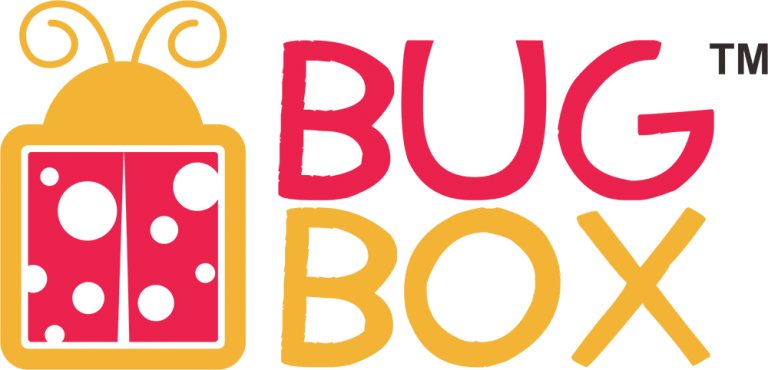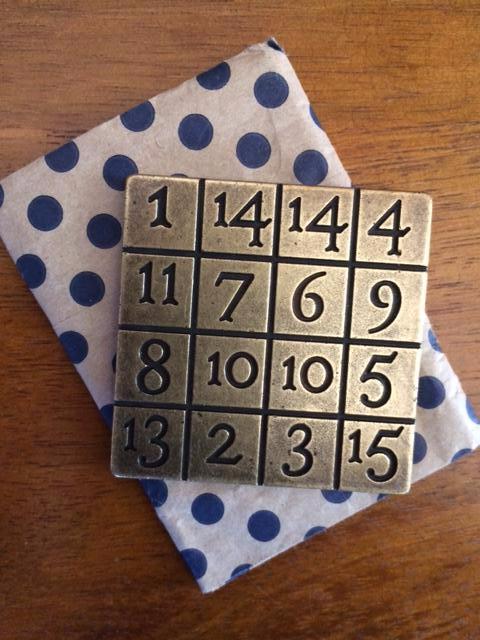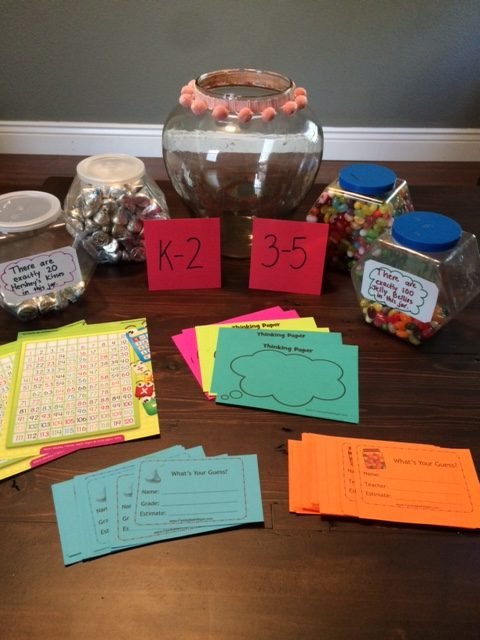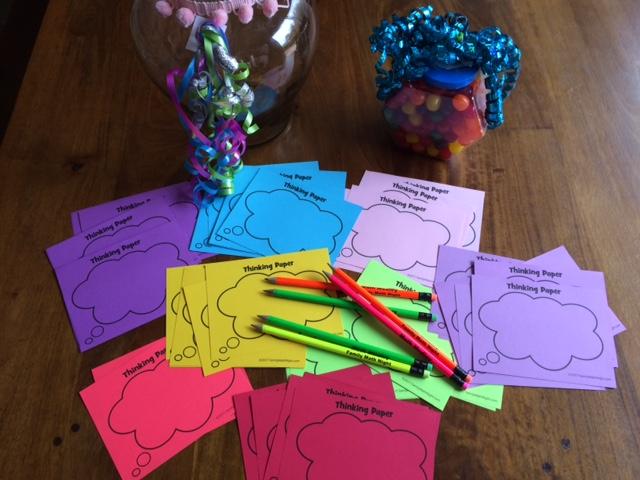What Do You Notice? Number Theory
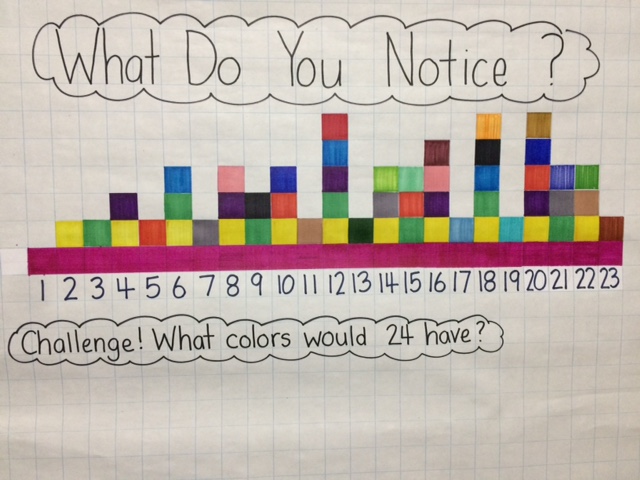
Skills:
K-2: counting, skip counting, patterns, even/odd numbers
3-5: even/odd numbers, patterns, multiples, factors, multiplication, common multiples, prime/composite numbers
When students learn to skip count* they are reciting the multiples of the number they started with. It’s a great early introduction to multiplication. This poster is a horizontal representation of some of the multiples for numbers 1 – 23 which are represented by different colors. For example, multiples of 1 are magenta; multiples of 2 are yellow; 3 are green, etc.
Factors are the numbers multiplied together to arrive at another number. For example, 2 and 3 are the factors that, when multiplied, result in the product 6. This poster shows the factors of each number vertically. The factors of 6 are: 1 (magenta), 2 (yellow), 3, (green), and 6 (blue).
1 x 6 = 6 and 2 x 3 = 6
